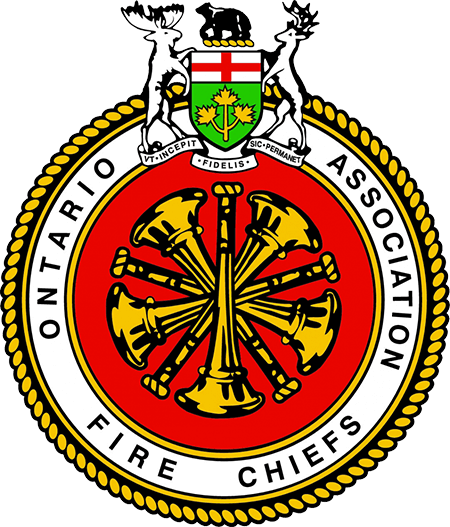The role of fire services across York Region is no longer restricted to fires.
Fire response statistics gathered from York Region’s eight departments shows fire crews responded to a total of 34,424 calls in 2017. Of those responses, nearly eight per cent are fires, three per cent are motor vehicle collisions, 12 per cent are alarms and 13 per cent are rescues. By far, the largest number of responses are for medical calls, which account for 47 per cent of responses last year.
The high volume of medical responses begs the question of why fire services is responding to a call York Region paramedics will be dispatched to as well.
“We, fire, police and paramedics, all work together for the best possible outcome,” Central York Fire Services Fire Chief Ian Laing said. “We respond to a large number of medical calls but not even close to what paramedics respond to.”
A tiered response system is legislated in Ontario, he added. This means that on certain types of calls, specifically when information given to 911 operators indicating it is a life-threatening situation, then all three responders are dispatched.
“I remember when we used to just carry oxygen tanks on the trucks for the fire fighters,” Laing said. “Now we are trained to do much more.”
Firefighters were trained in cardiopulmonary resuscitation and then to correctly use automated external defibrillators to assist those who have ceased breathing or have suffered a heart attack.
Firefighters are now trained by medical professionals to correctly administer EpiPens, a treatment used to counteract a severe allergic reaction that could potentially result in death. Most recently, fire crews are administering naloxone through an inhaler, a medication designed to rapidly reverse opioid overdose.
“We’ve administered five or six doses of naloxone in the last six months,” he said. “When time can determine the outcome of these life-threatening situations, it doesn’t matter who administers the treatment as long as it is administered to get the best possible outcome for the patient.”
While all three responders may attend a scene or incident, each of them have a different role, Laing added.
Link to original article in York Region.com: York Region fire crews respond to more medical calls than fires in 2017
